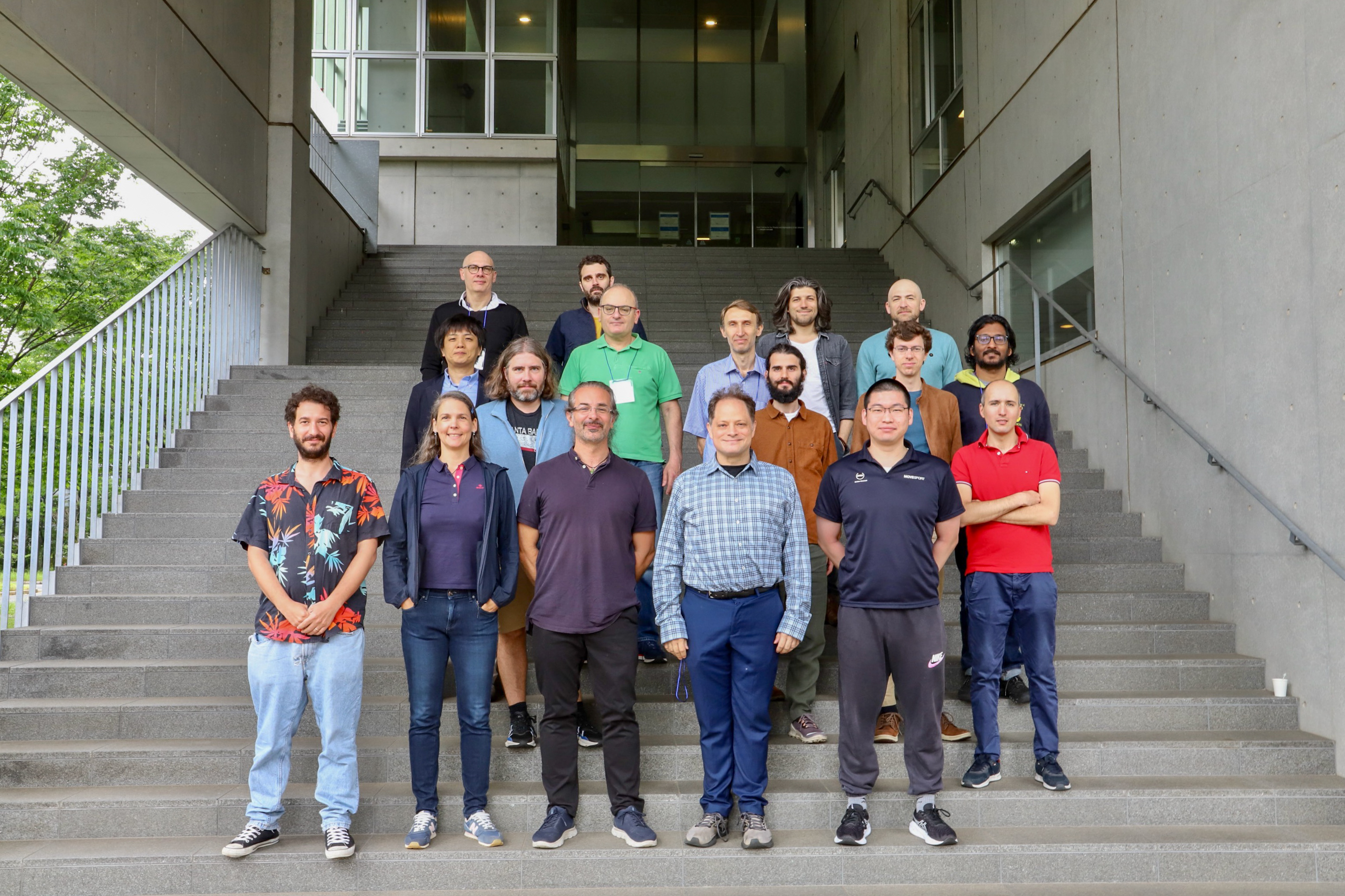Towards realistic physics at large quantum number
Dates May 13 – May 17, 2024
Venue Kavli IPMU Lecture Hall
Overview
The study of quantum mechanical systems in sectors of large quantum number leads to significant simplifications and allows the calculation of physical quantities of otherwise strongly–coupled systems in terms of an expansion in the large quantum number. Large–charge predictions have been verified to high accuracy in various independent calculations.
This workshop aims to bring together people with diverse backgrounds interested in this topic.
We plan two talks by senior speakers in the mornings as well as contributed talks by junior participants in the afternoons, plus plenty of time for discussions.
Invited speakers
Oleg Antipin (Ruder Boskovic Institute)
Gabriel Cuomo (NYU and Princeton)
Nicola Dondi (ICTP)
Zohar Komargodski (SCGP)
Alexander Monin (U. of South Carolina)
Yu Nakayama (YITP)
Emily Nardoni (Kavli IPMU)
Anastasios Petkou (Tessaloniki)
Francesco Sannino (SDU)
Organizing Committee
Jahmall Bersini (Kavli IPMU))
Simeon Hellerman (Kavli IPMU)
Domenico Orlando (INFN Torino)
Susanne Reffert (Bern)

Address
Kavli Institute for the Physics and Mathematics of the Universe (Kavli IPMU),
the University of Tokyo, 5–1–5 Kashiwa–no–ha, Kashiwa City, Chiba 277–8583, Japan
